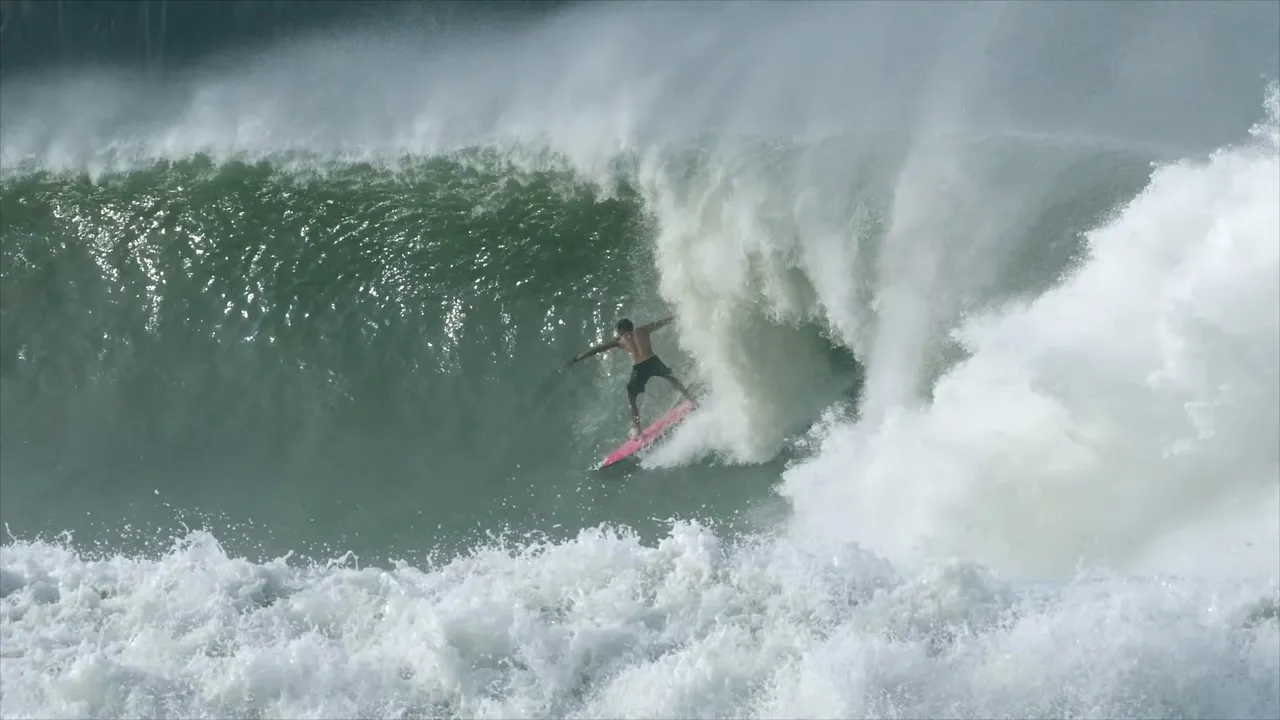
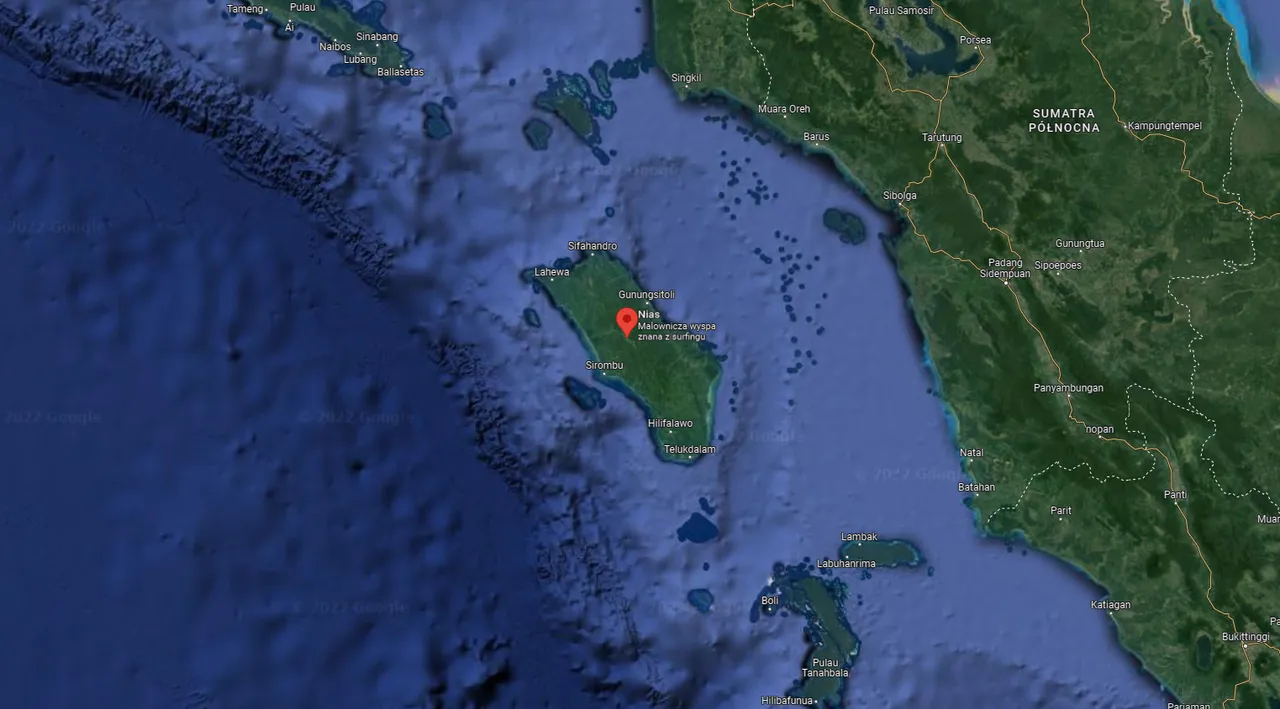
Nias island and surfing
Wyspa Nias i surfing
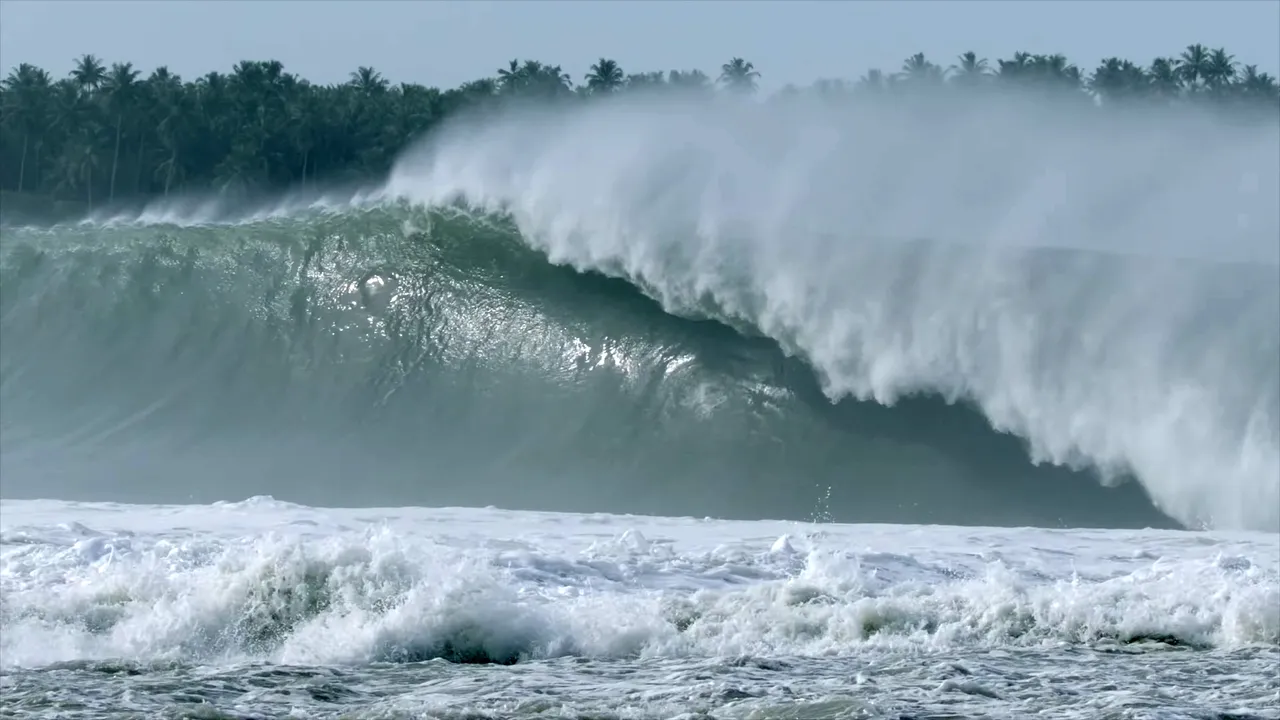
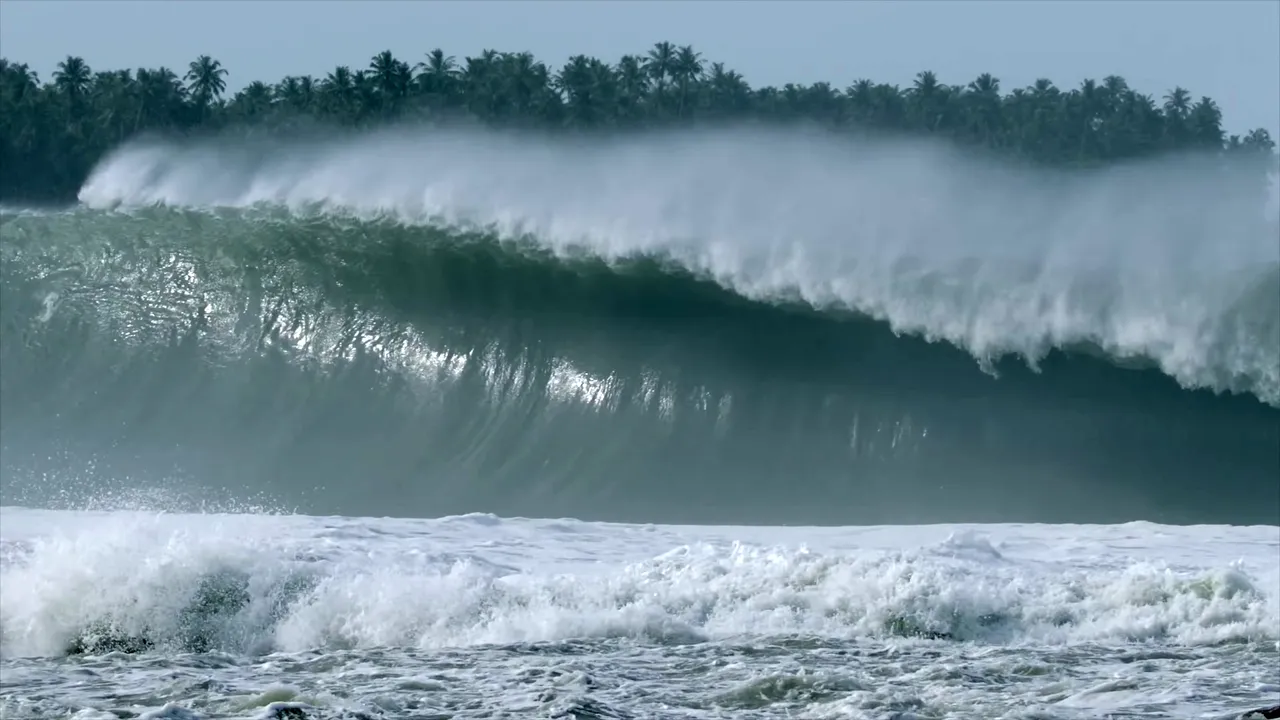
Few tourists know that the island of Nias, located next to Sumatra, is one of the places with world-class surfing conditions. The best place to practice this sport is the Mecca of surfers, the town of Teluk Dalam.
Niewielu turystów wie, że wyspa Nias położona obok Sumatry, to jedno z miejsc ze światowej klasy warunkami do uprawiania surfingu. Najlepsze miejsce do uprawiania tego sportu, to Mekka surferów, czyli miasteczko Teluk Dalam.
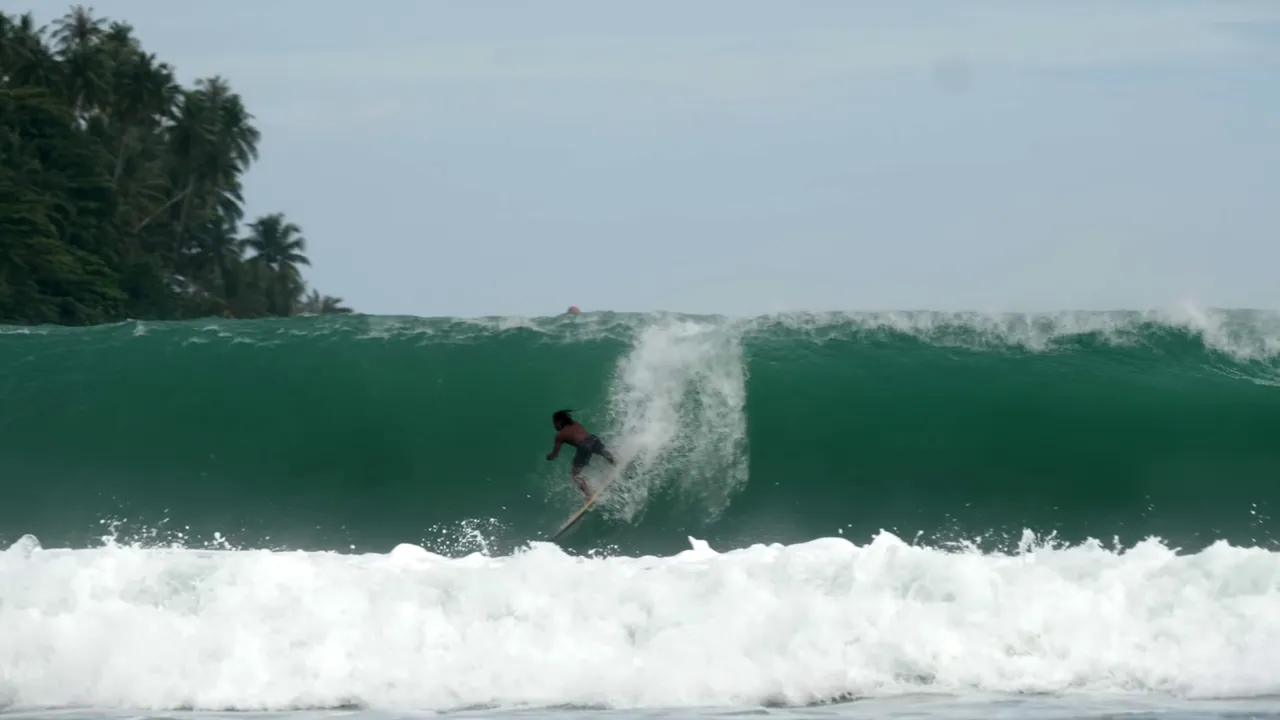
The conditions and waves appearing there are compared to those in Hawaii and other similar places in the world. In the high season, the waves reach several meters in height, which made it possible to hold the surfing world championship.
Warunki i fale tam pojawiające się, porównywane są do tych na Hawajach i innych podobnych miejsc na świecie. W szczycie sezonu falę osiągają kilka metrów wysokości, co umożliwiło na przeprowadzenie mistrzostw świata w surfingu.
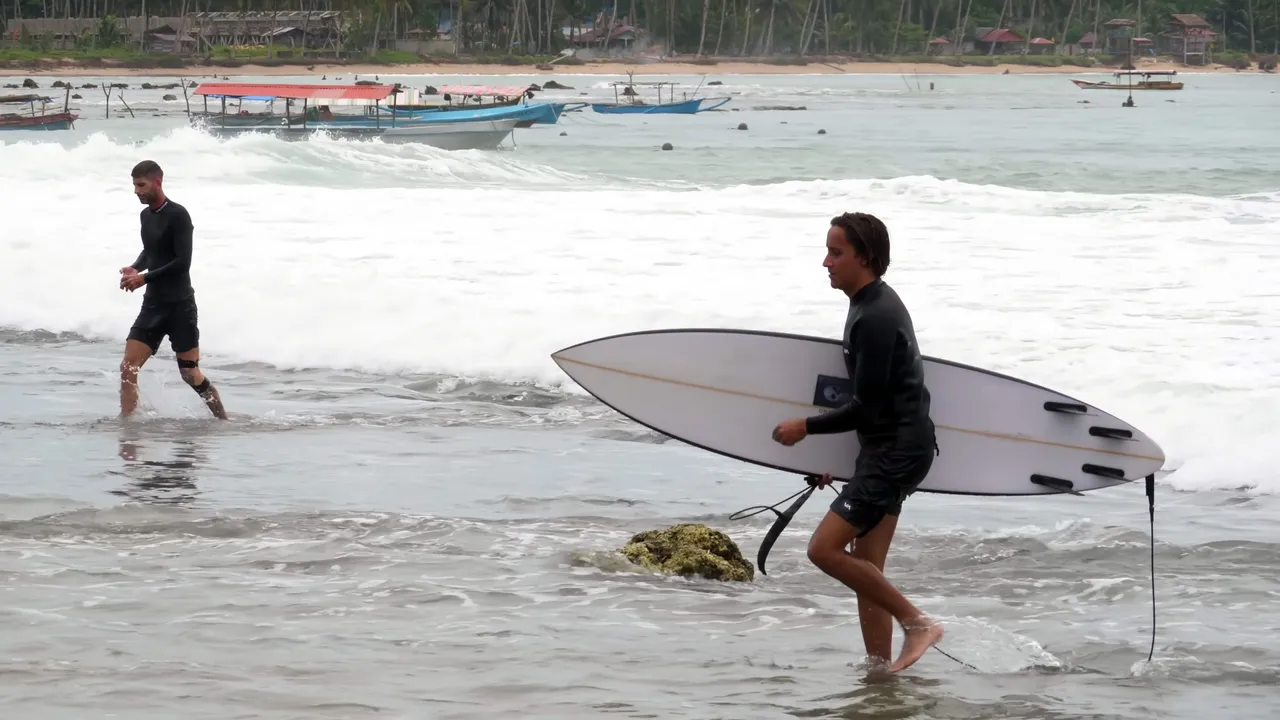
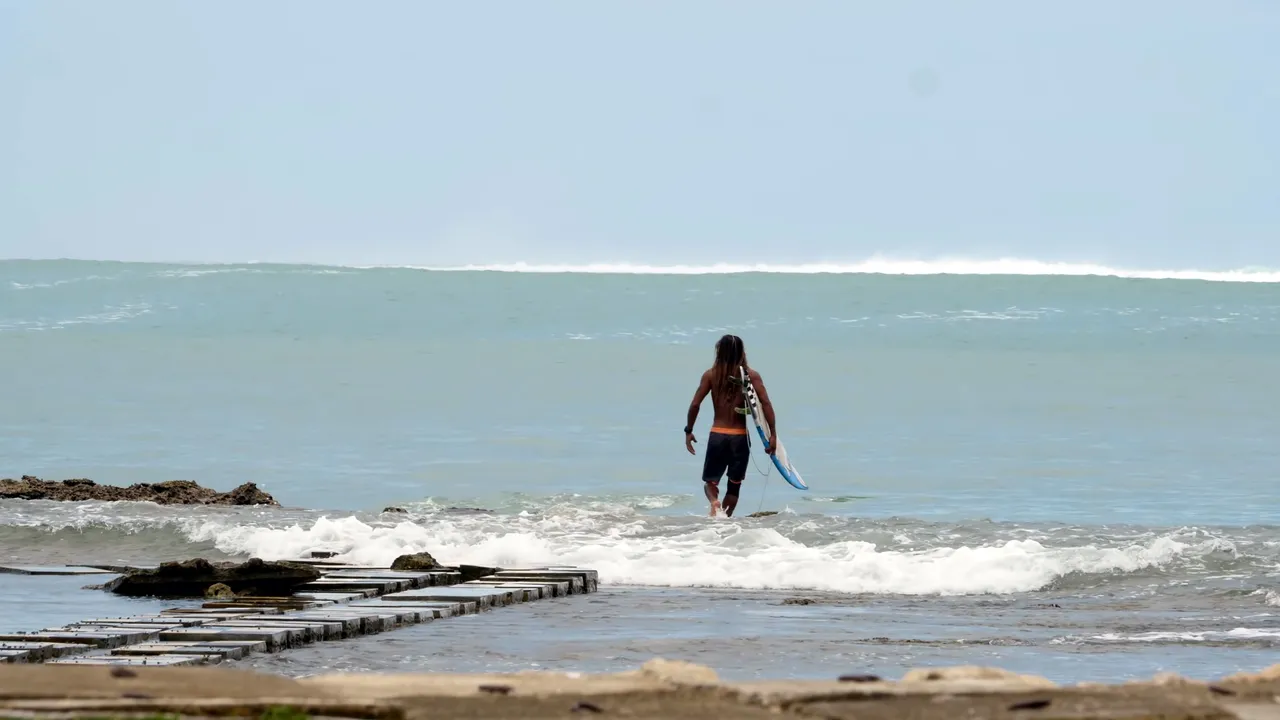
Of course, surfing is the biggest attraction that attracts surfboard fans from all over the world every year. But Nias is not only big waves, it is also a tradition, culture and architecture unprecedented in the world.
Oczywiście surfing to największa atrakcja, która co roku sprowadza z całego świata wielbicieli deski surfingowej. Ale Nias to nie tylko wielkie fale, to również niespotykana na świecie tradycja, kultura, architektura.

The megalithic culture of the island
Megalityczna kultura wyspy
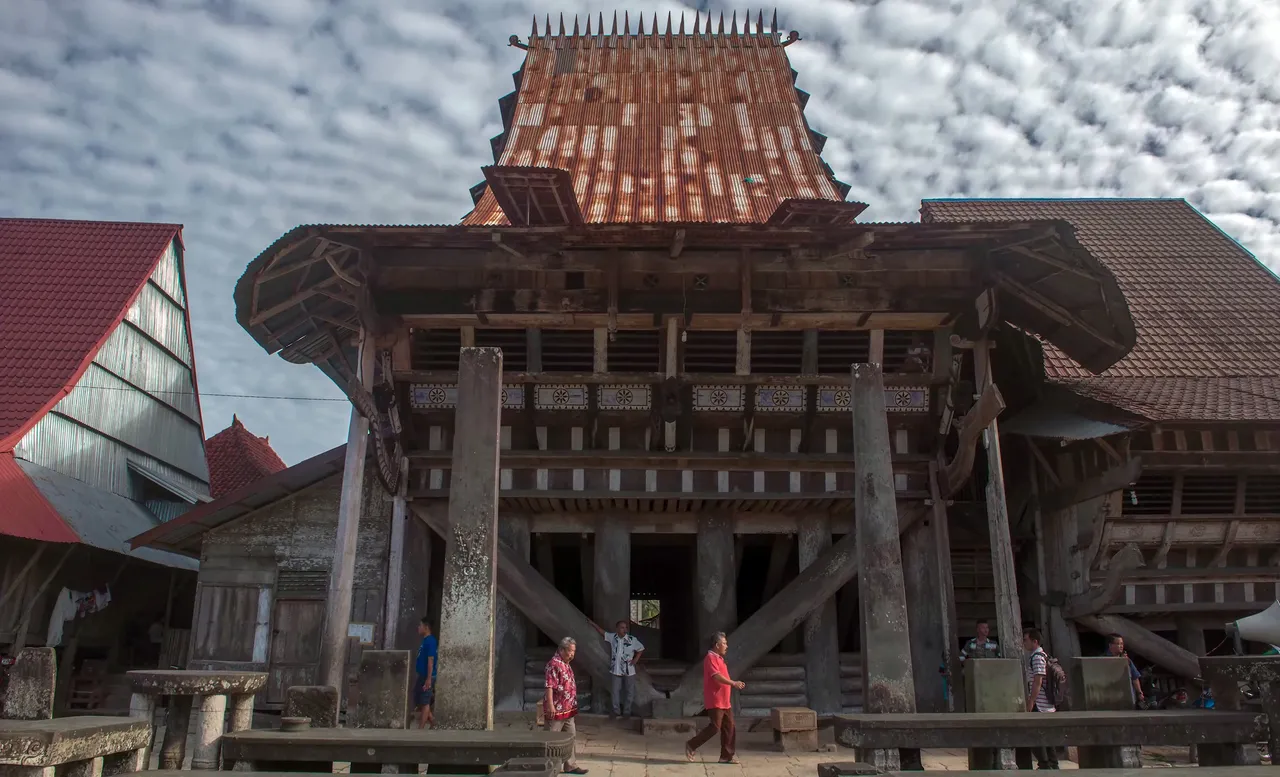
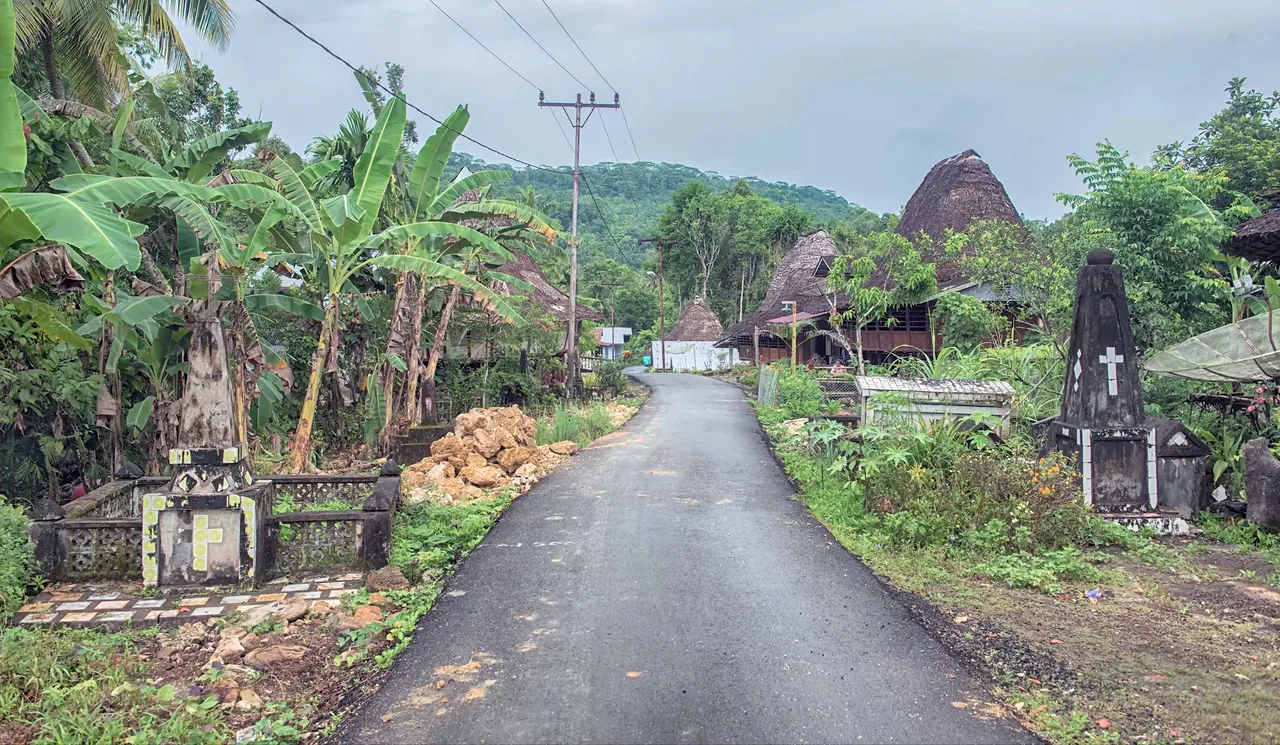
There is a unique, very old and poorly researched tribal culture on the island that has successfully resisted European influences, and the people of Nias have kept their traditions almost intact. The culture on the island is completely unique and different than that found in Indonesia, and even in Sumatra itself.
Na wyspie istnieje unikatowa, bardzo stara i słabo zbadana, kultura plemienna, która skutecznie oparła się wpływom europejskim, a ludzie w Nias zachowali swoje tradycje prawie nienaruszone. Kultura na wyspie jest zupełnie unikatowa i inna niż spotykana w Indonezji, a nawet na samej Sumatrze.
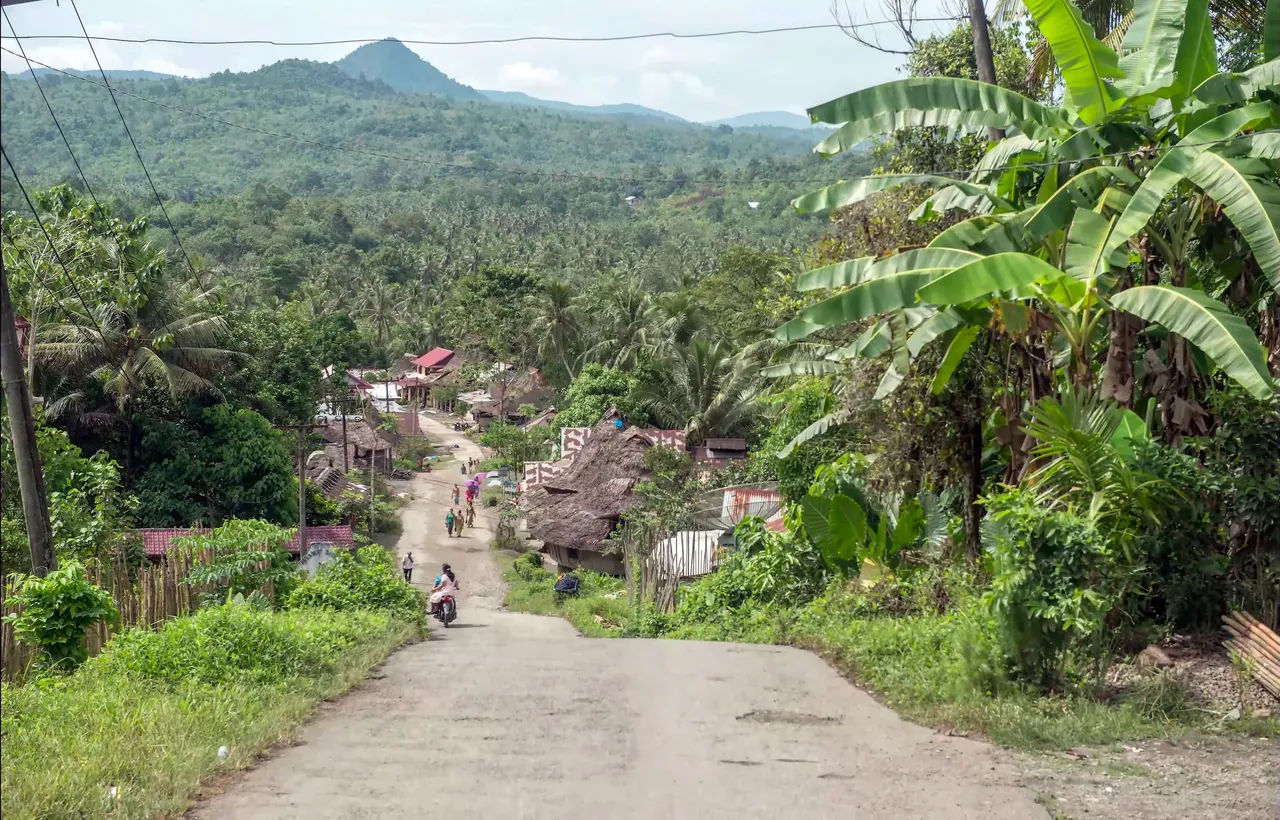
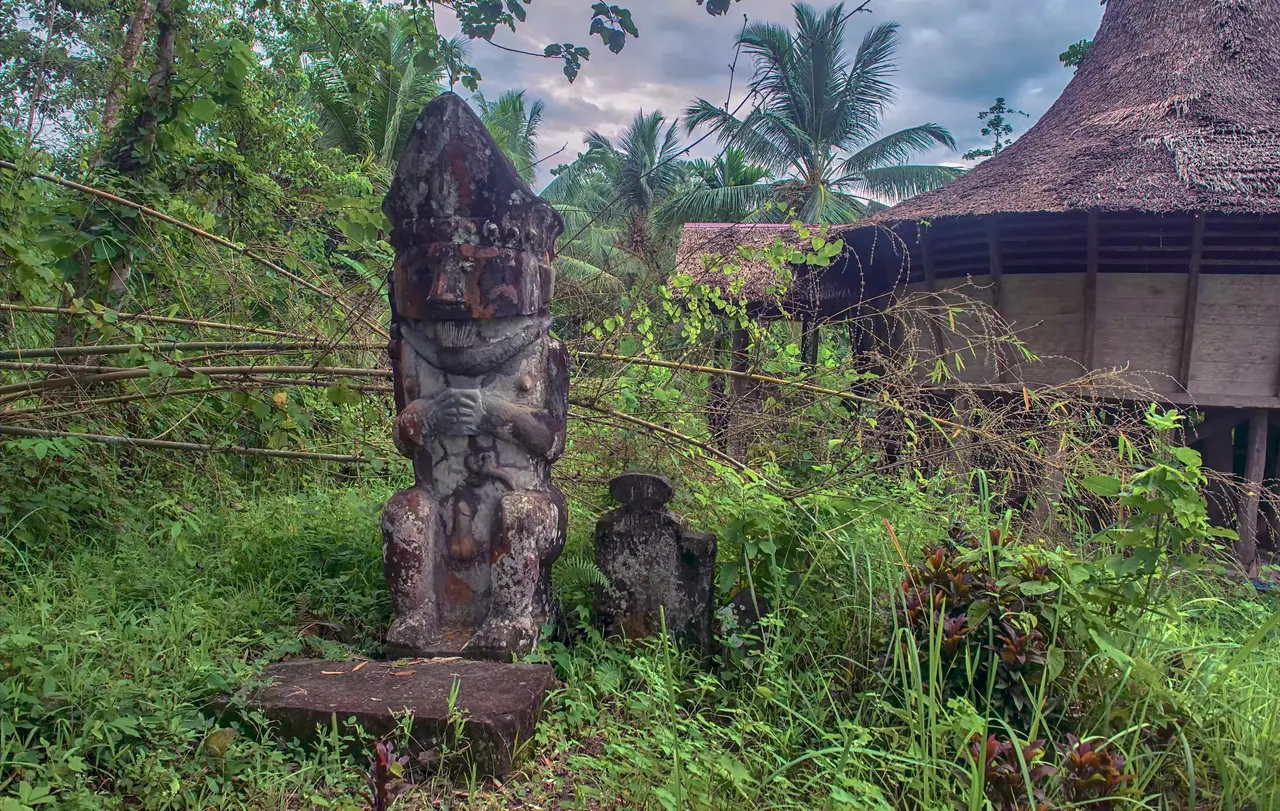
Were it not for trade, the island would be completely isolated from the world. Even today, you can admire traditional rituals during the festival and specific art and architecture on the island.
Gdyby nie handel, wyspa byłaby zupełnie odizolowana od świata. Na wyspie nawet dzisiaj można podziwiać tradycyjne obrzędy podczas festiwalu oraz specyficzną sztukę czy architekturę.
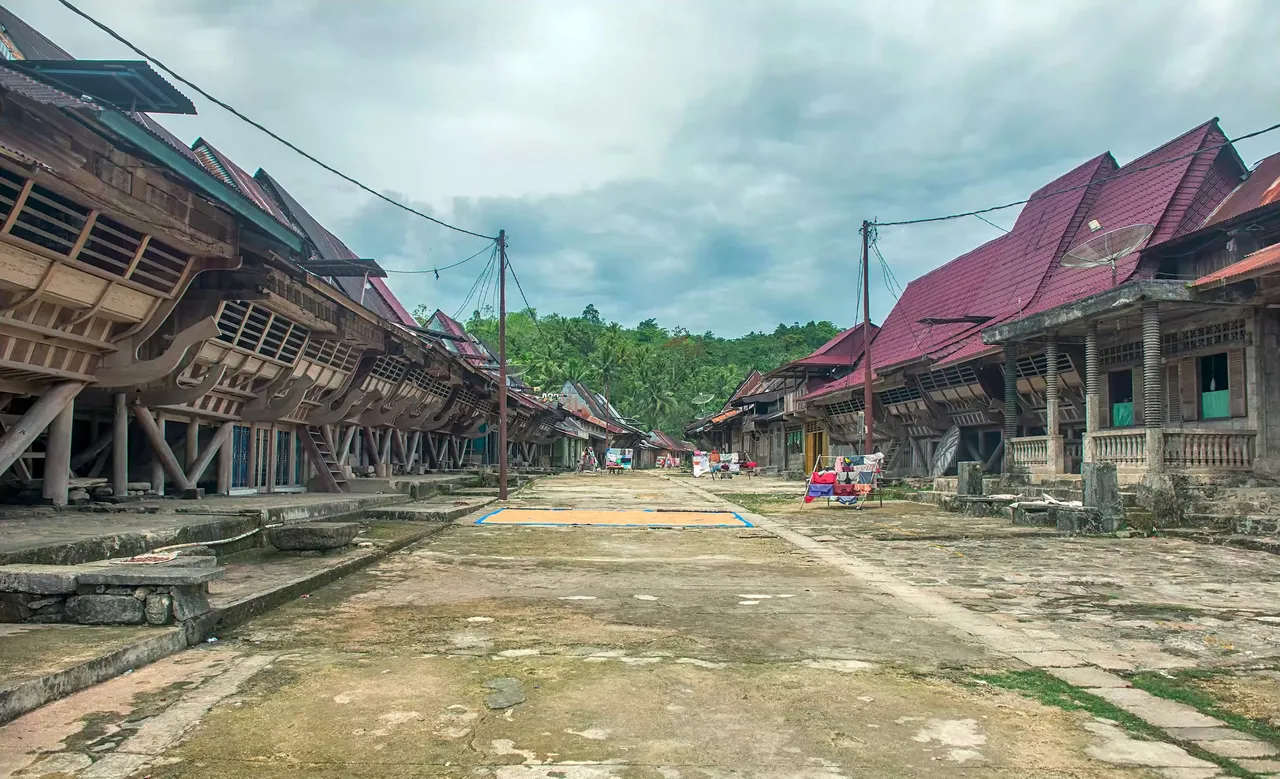

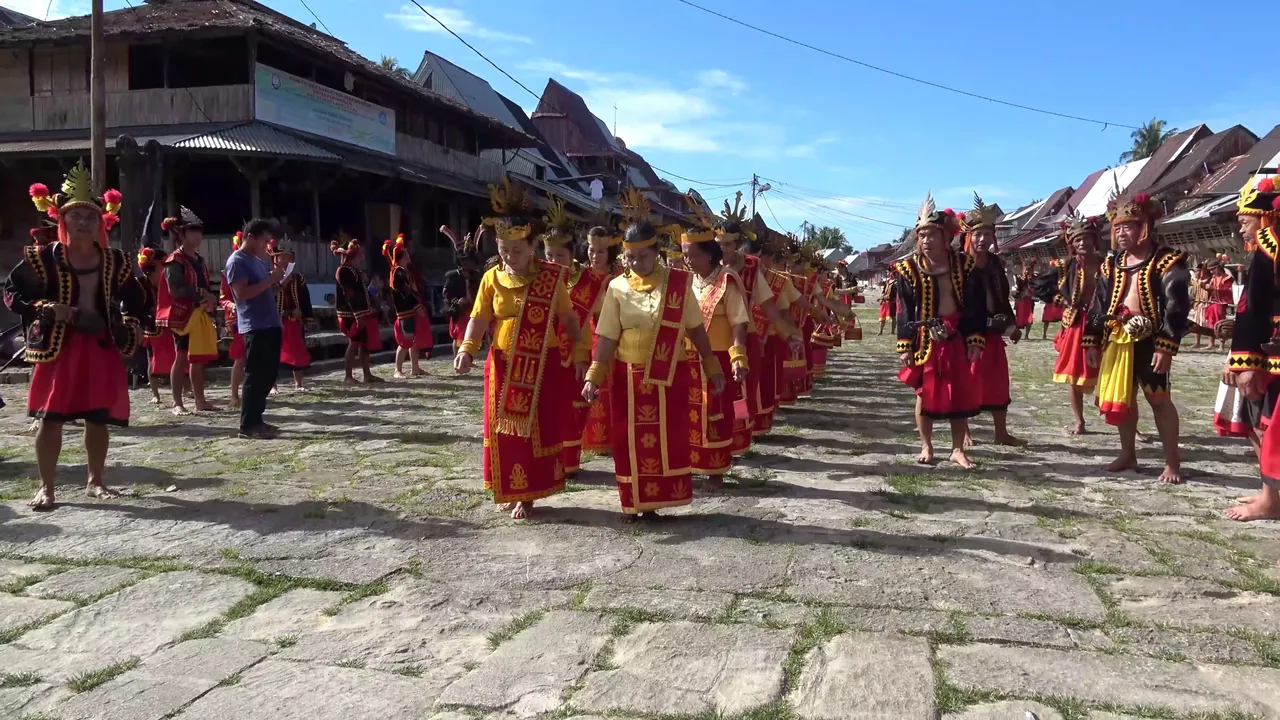 | 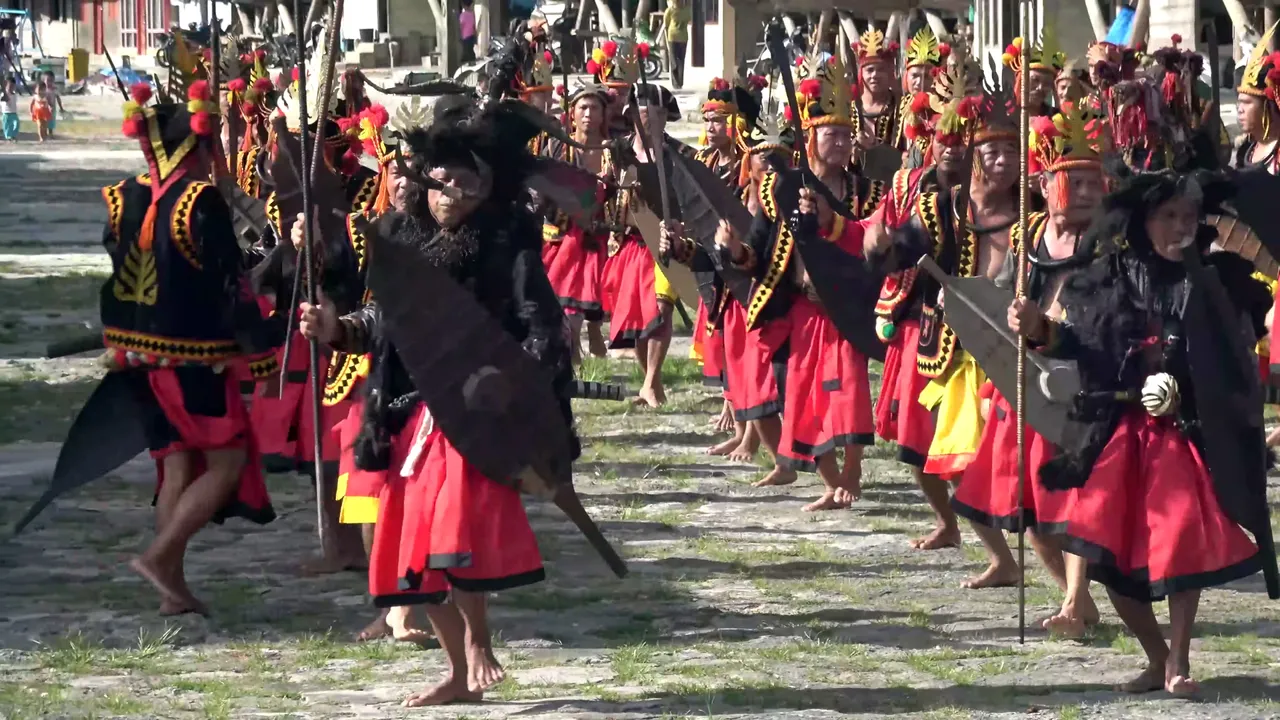 |
|---|
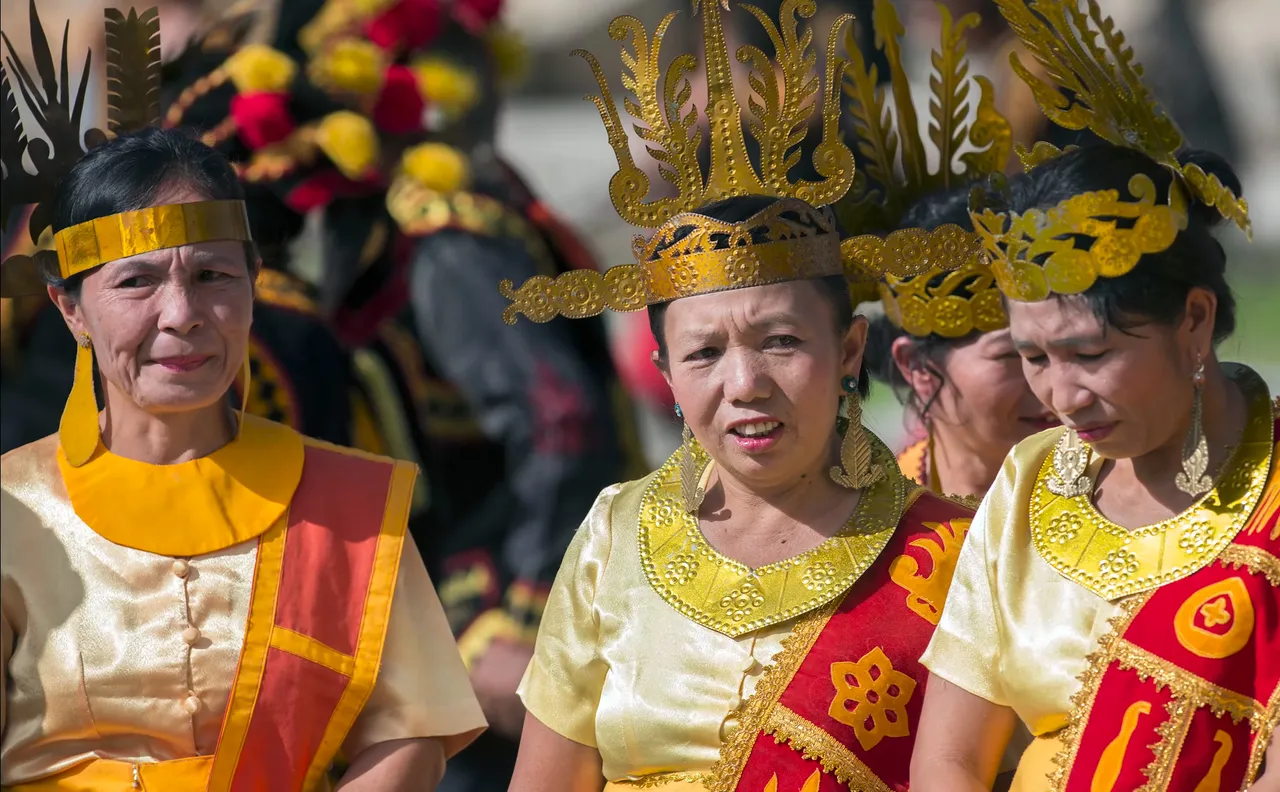
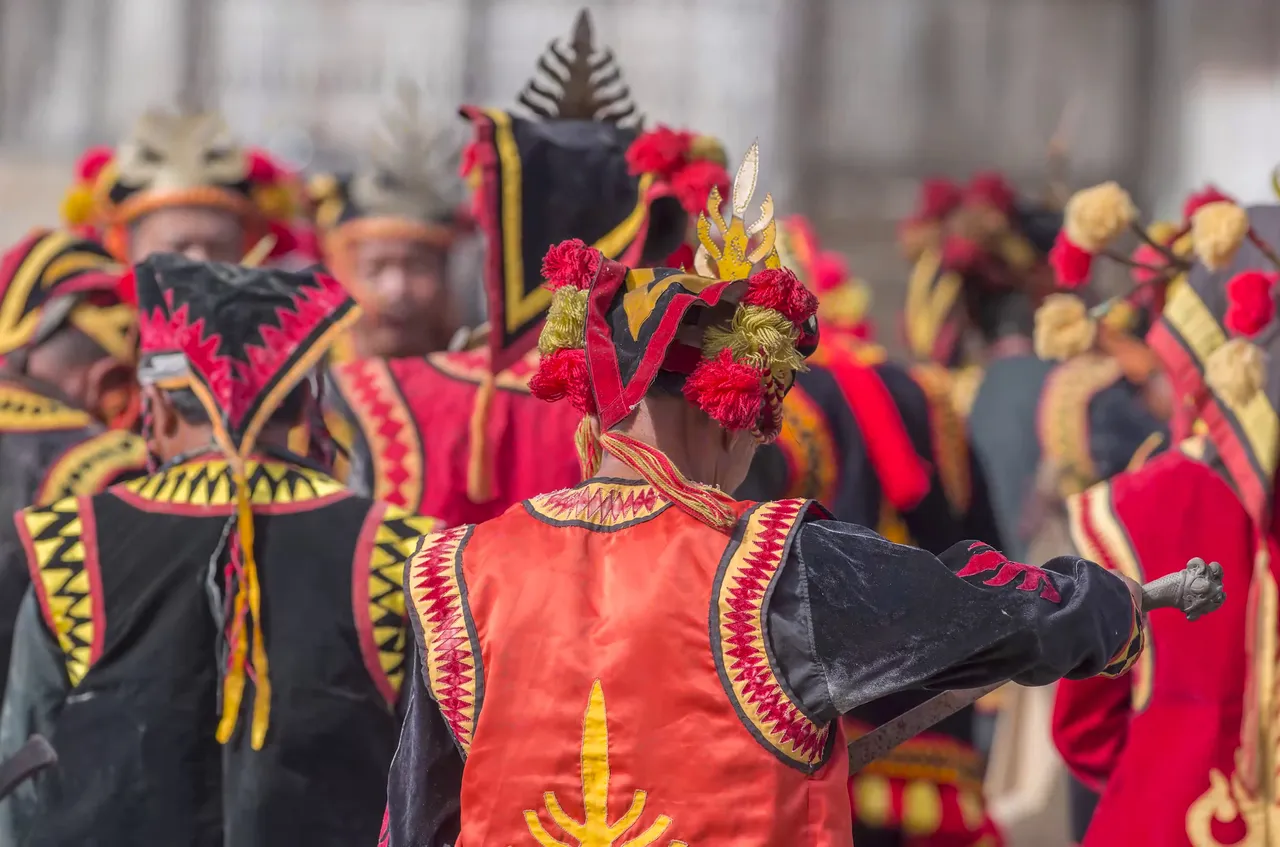
Many archaeologists believe that the island of Nias has the last traces of a megalithic culture. To this day, the inhabitants of the island celebrate the same ceremonies as they did centuries ago.
Wielu archeologów uważa że na wyspie Nias znajdują się ostatnie ślady kultury megalitycznej. Do dzisiaj mieszkańcy wyspy odprawiają ceremonie identycznie jak przed wiekami.
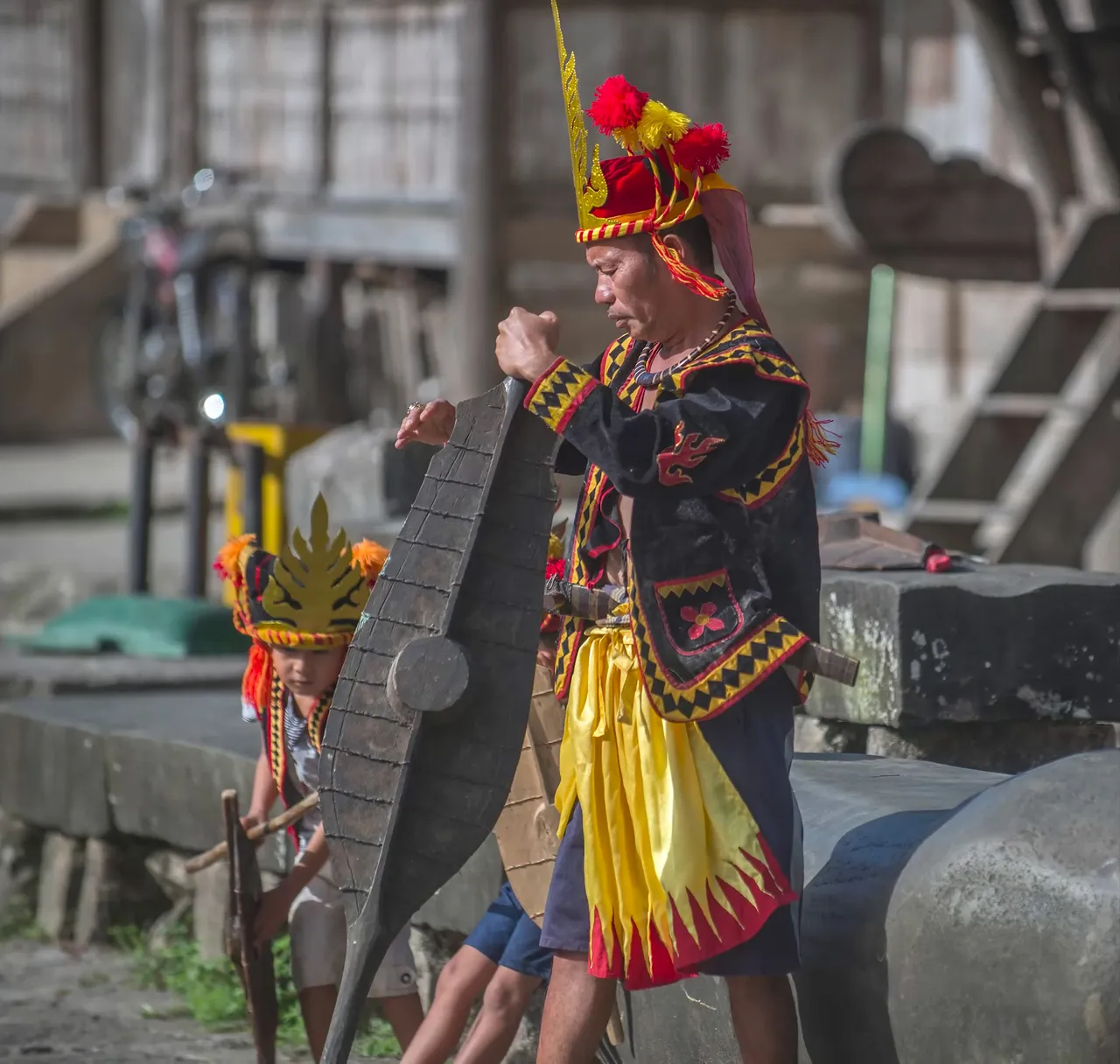 | 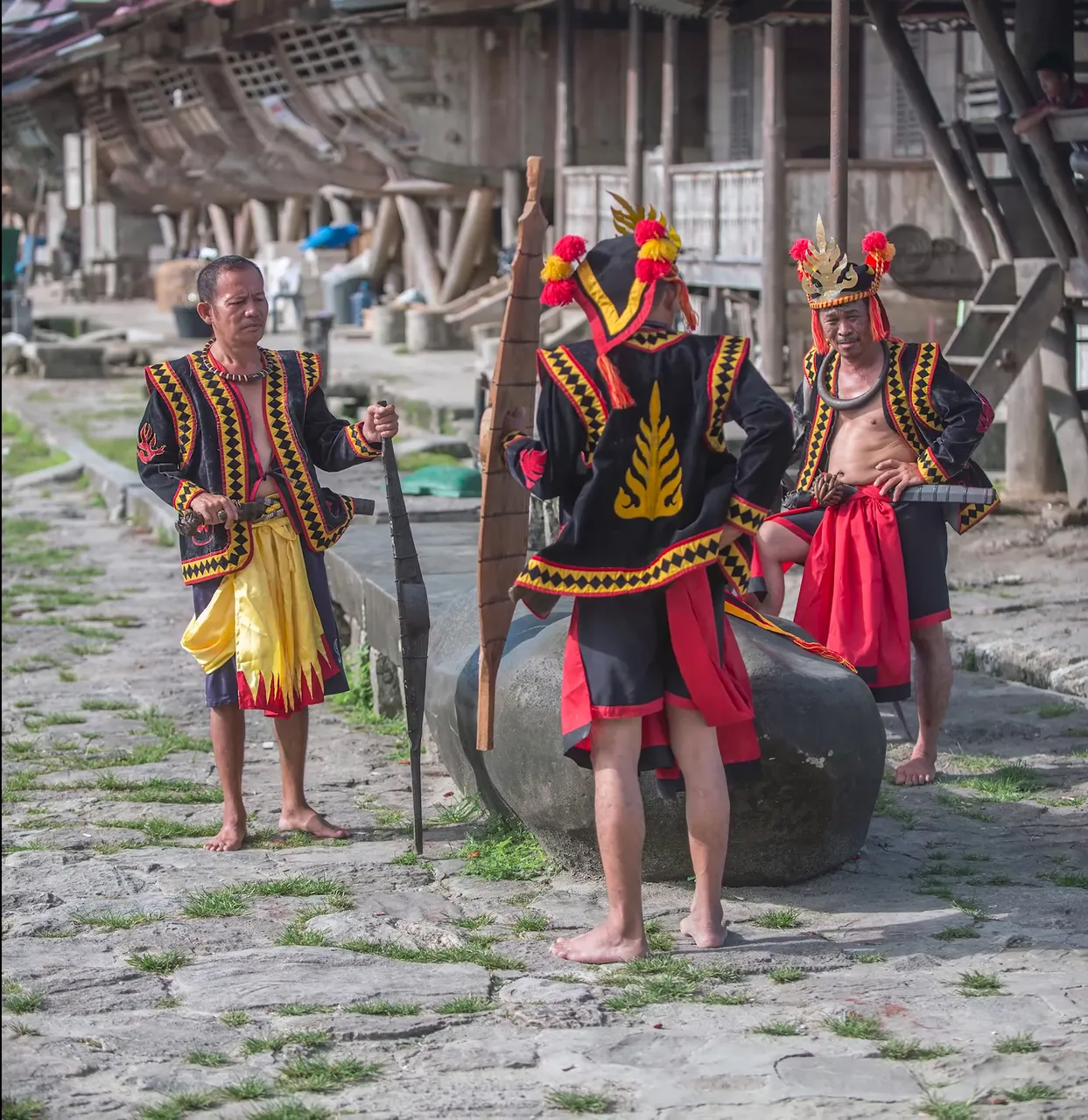 |
|---|
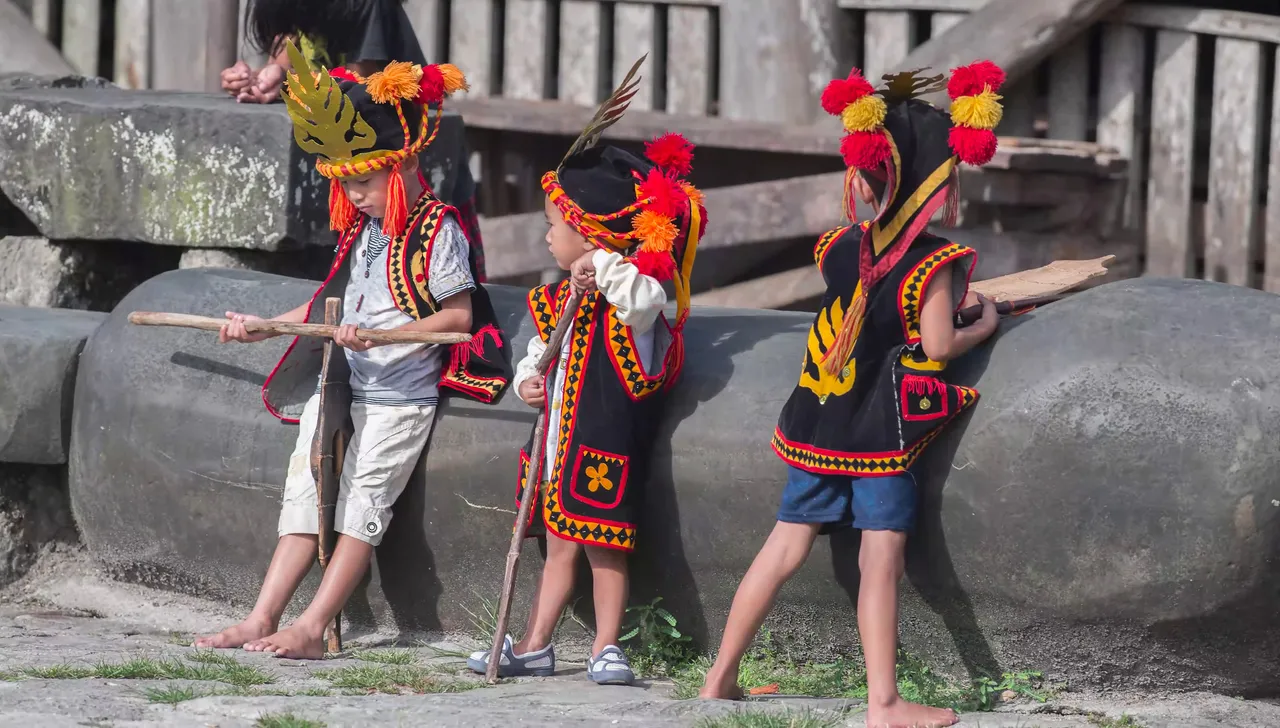
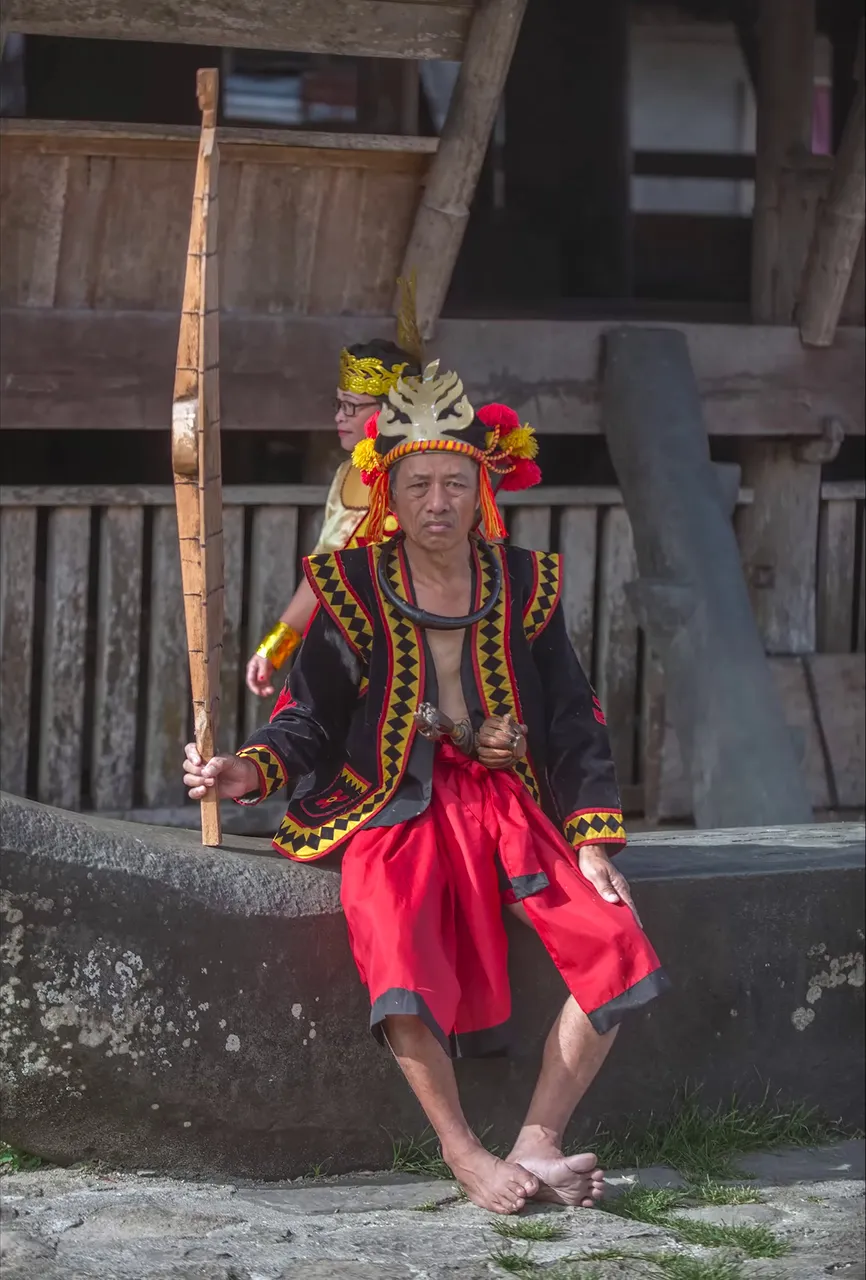 | 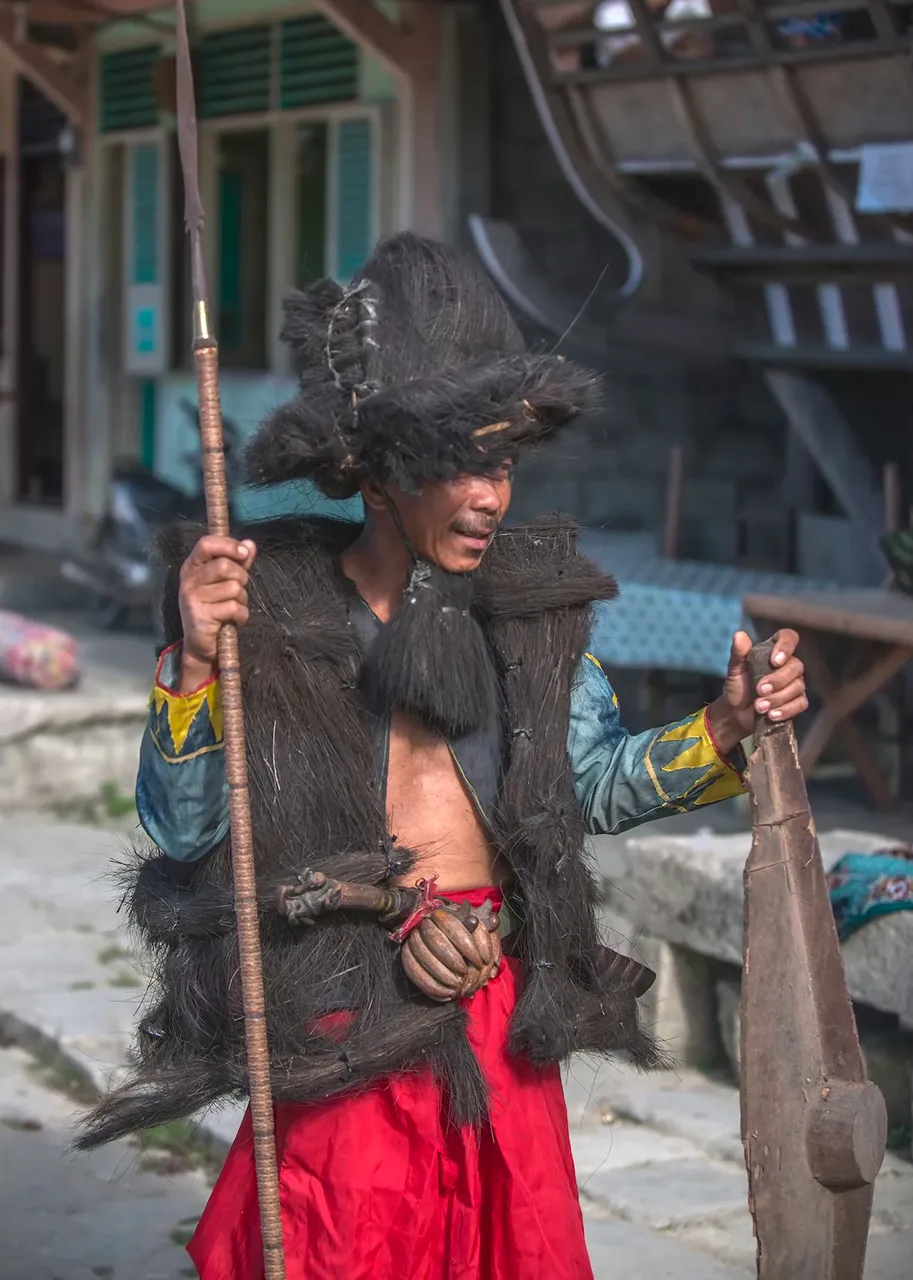 |
|---|
They are dressed in traditional black and yellow costumes, and their houses with sloping and pointed roofs are a unique architectural accent.
Ubrani są w tradycyjne czarne i żółte kostiumy, a ich domy ze spadzistymi i szpiczastymi dachami są niepowtarzalnym akcentem architektonicznym.
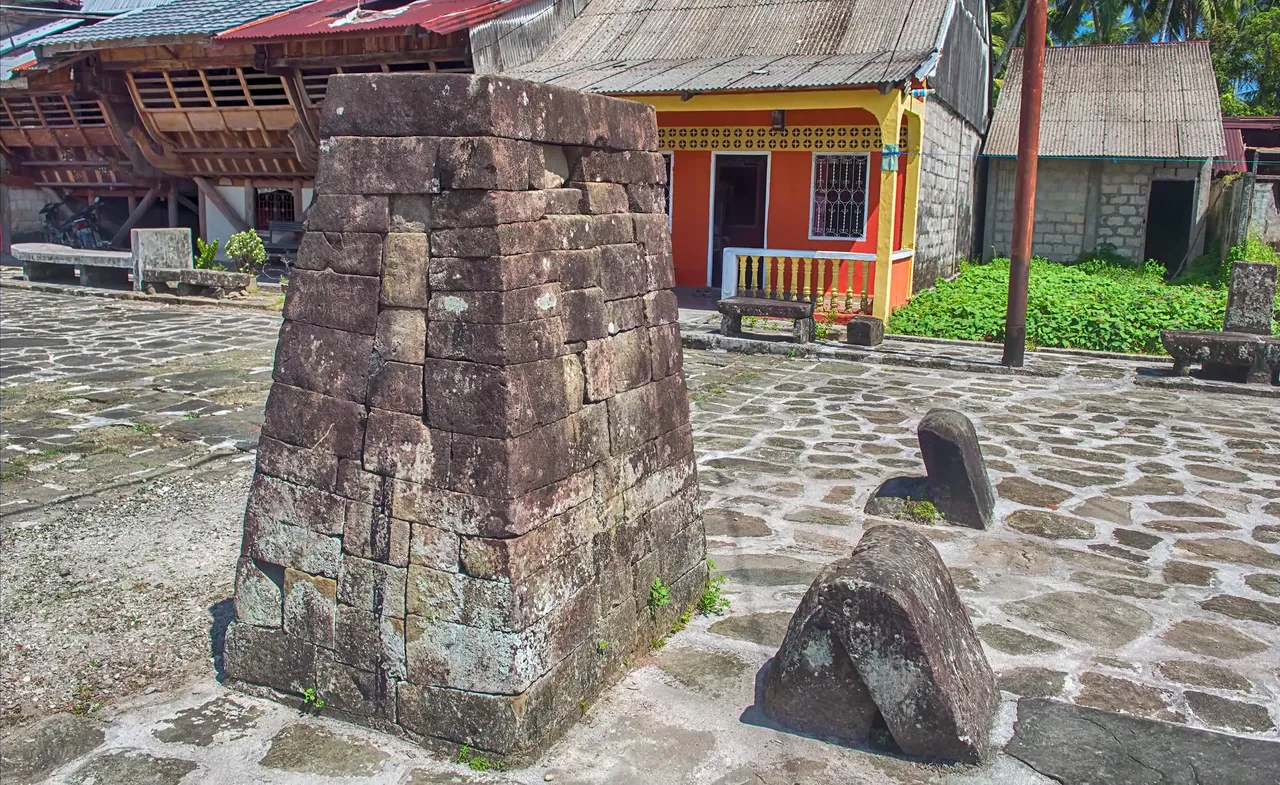
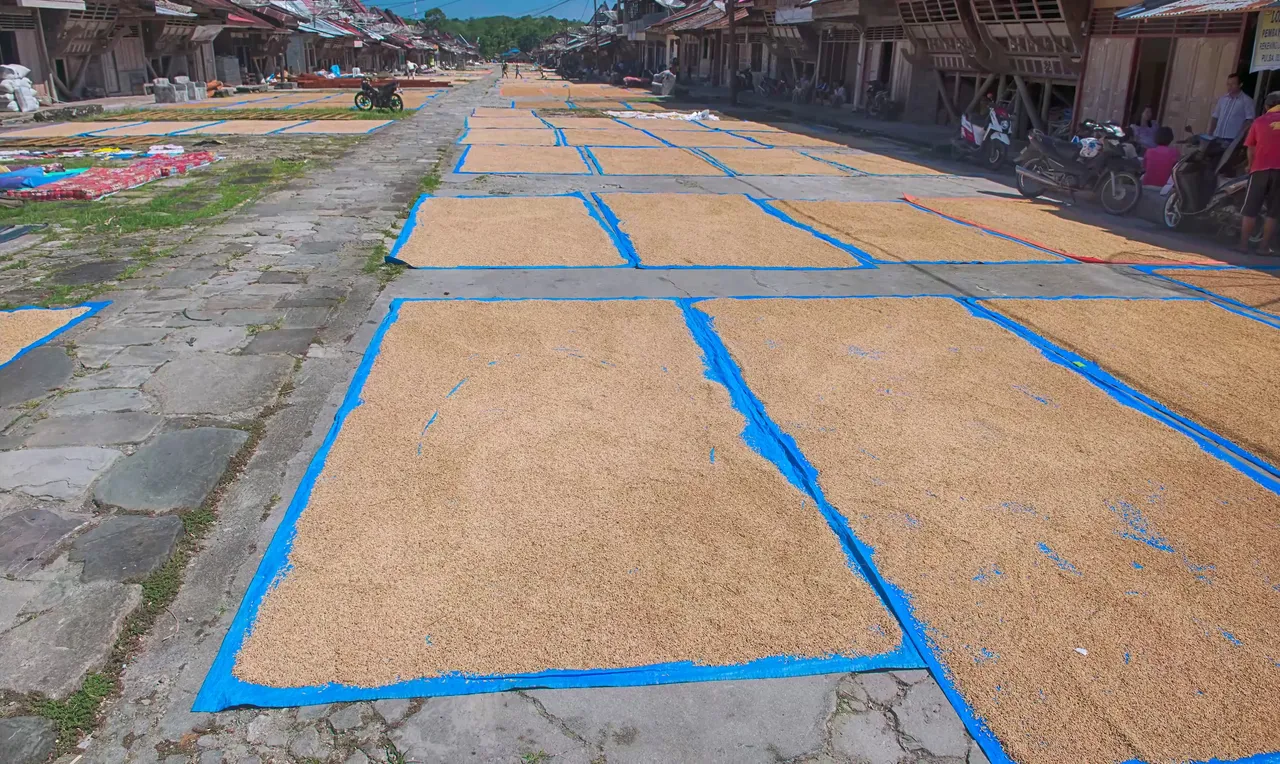
Stone jumping or Hombo Batu
''Stone jumping'' lub inaczej ''Hombo Batu''
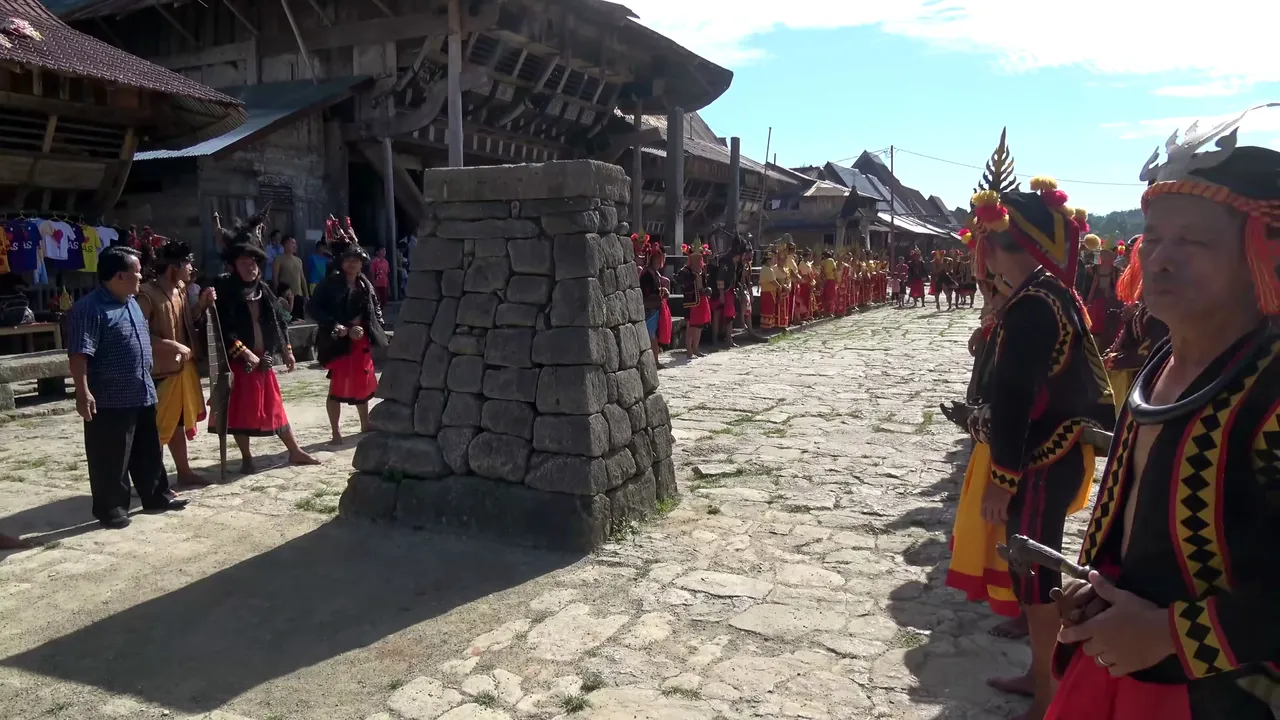
The 'Stone Jumping' ritual is another example of the complete cultural difference of the island of Nias. This ritual stands out from everyone and is the only one of its kind in the world. "Stone jumping" or as the locals call it "Hombo Batu" was once a ritual of masculinity of adolescent boys. Usually, this ritual applied to young men over 10 years of age.
Rytuał ''Stone Jumping'' to kolejny przykład na zupełną odmienność kulturową wyspy Nias. Ten rytuał wyróżnia się od wszystkich i jest jedynym takim na świecie. ''Stone jumping'' albo jak nazywają go miejscowi ''Hombo Batu'' był niegdyś rytuałem męskości dorastających chłopców. Zwykle ten rytuał dotyczył po młodzieńców po 10 roku życia.
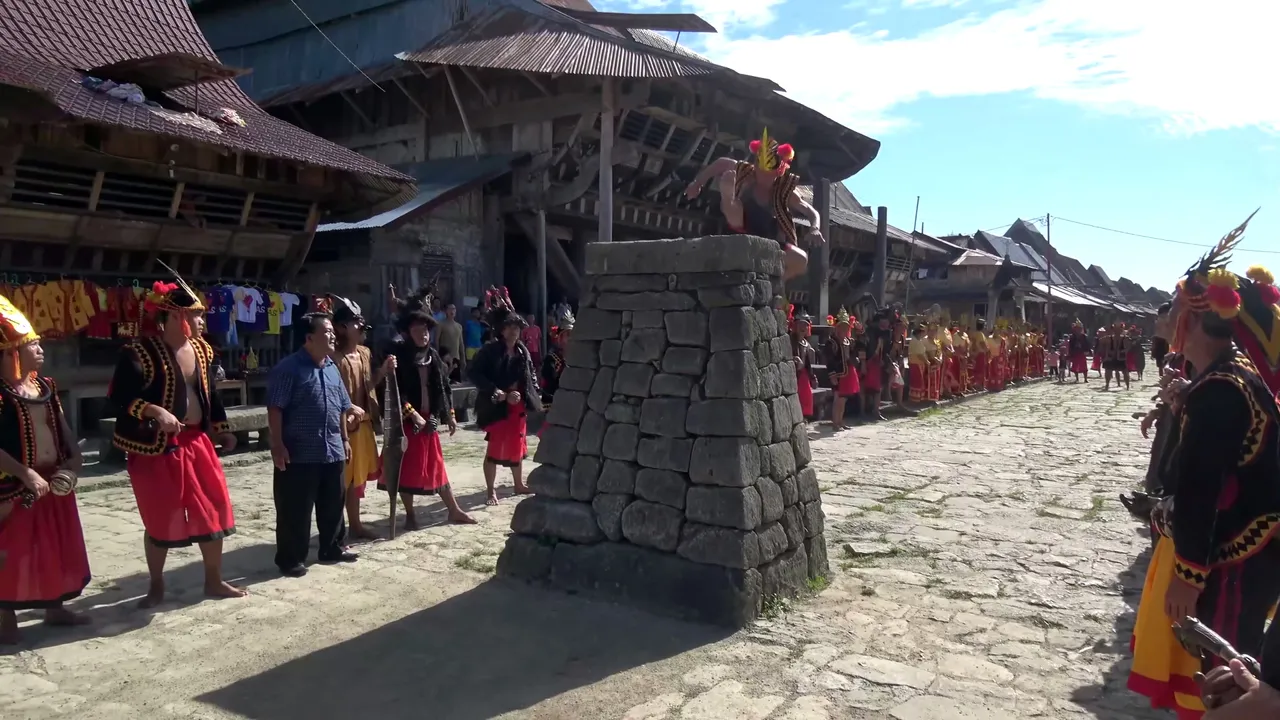

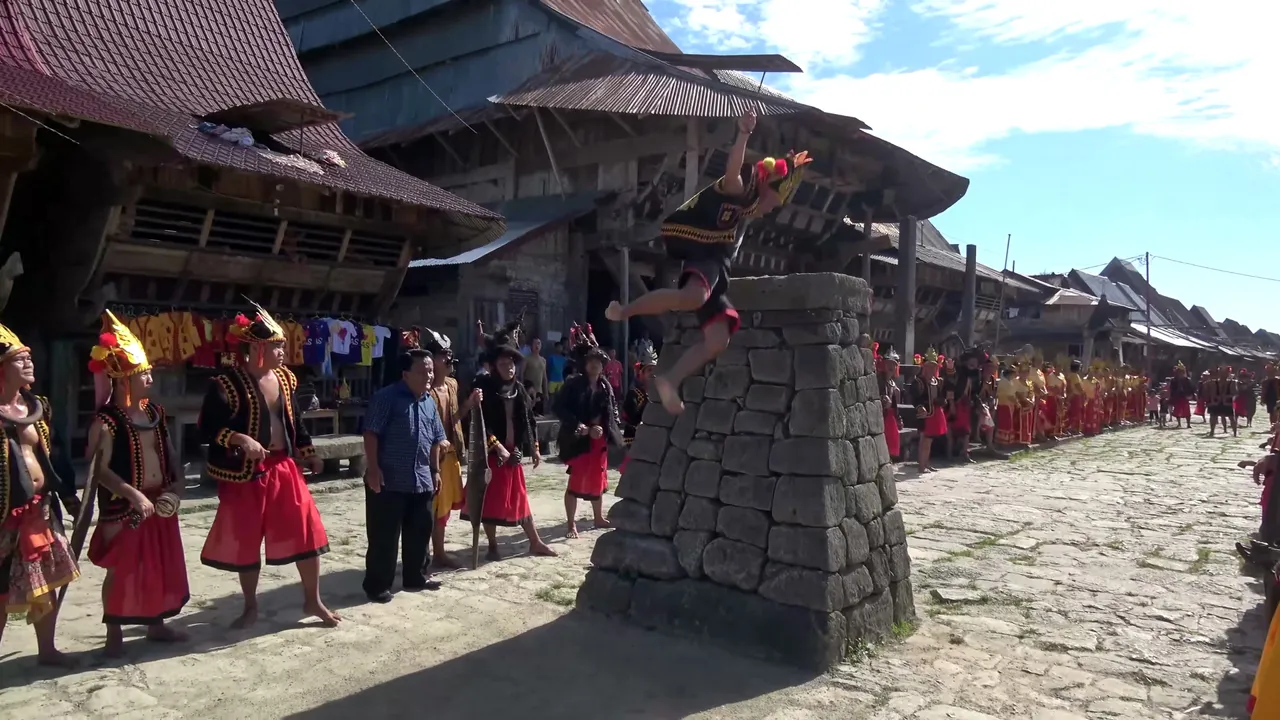
It consisted in the fact that the young man had to run over a stone up to 6 m high to prove his masculinity. The rock at the top had spikes or bamboo reeds that caused serious injuries and even death to the daredevils. This was the last stage of war preparation and training, where young men had to demonstrate their warrior readiness. At present, the ritual is only shows for tourists, there are no more spikes, the stone much lower, and instead of trauma and fear, there is a lot of fun.
Polegał on na tym, że młodzieniec musiał z rozbiegu przeskoczyć kamień o wysokości nawet 6 m, aby udowodnić swą męskość. Skała na szczycie posiadała kolce, lub bambusowe trzciny, które powodowały poważne obrażenia, a nawet śmierć śmiałków. To był ostatni etap przygotowań i treningów wojennych, gdzie młodzi mężczyźni musieli wykazać się gotowością wojownika. Obecnie rytuał to tylko pokazy dla turystów, nie ma już kolców, kamień znacznie niższy, a zamiast urazów i strachu, jest dobra zabawa.
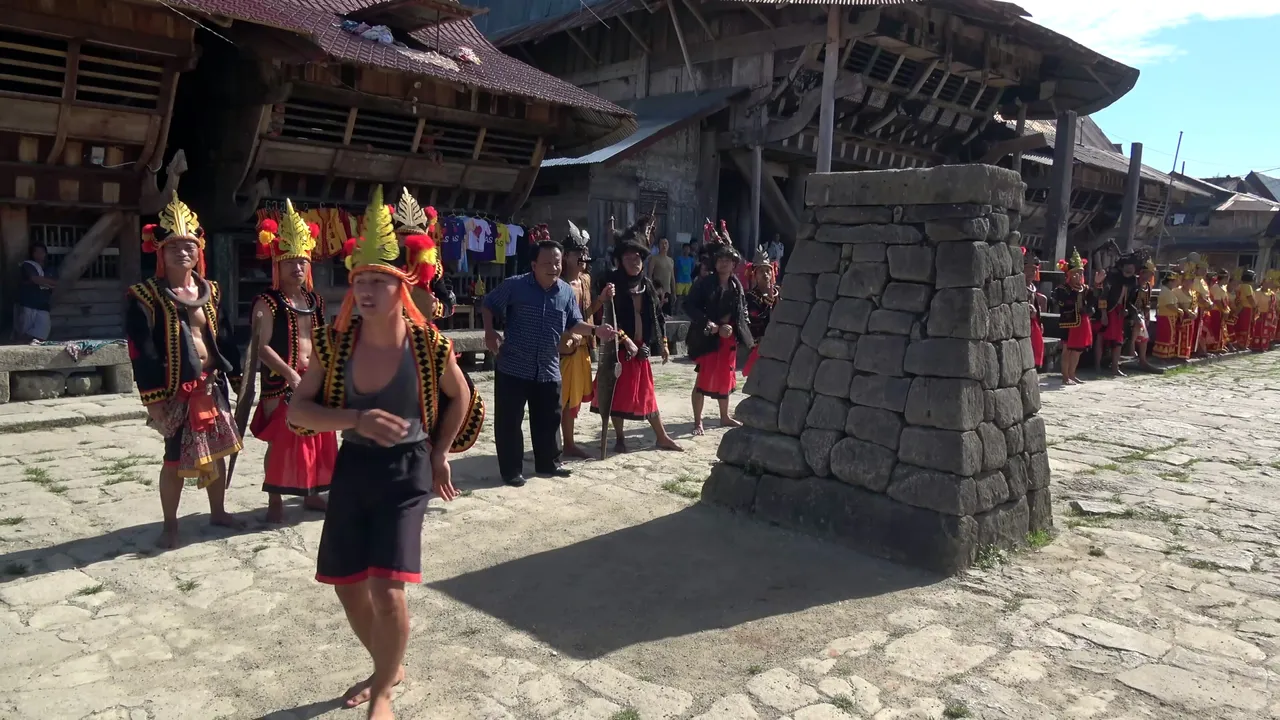
Enjoy 😉

